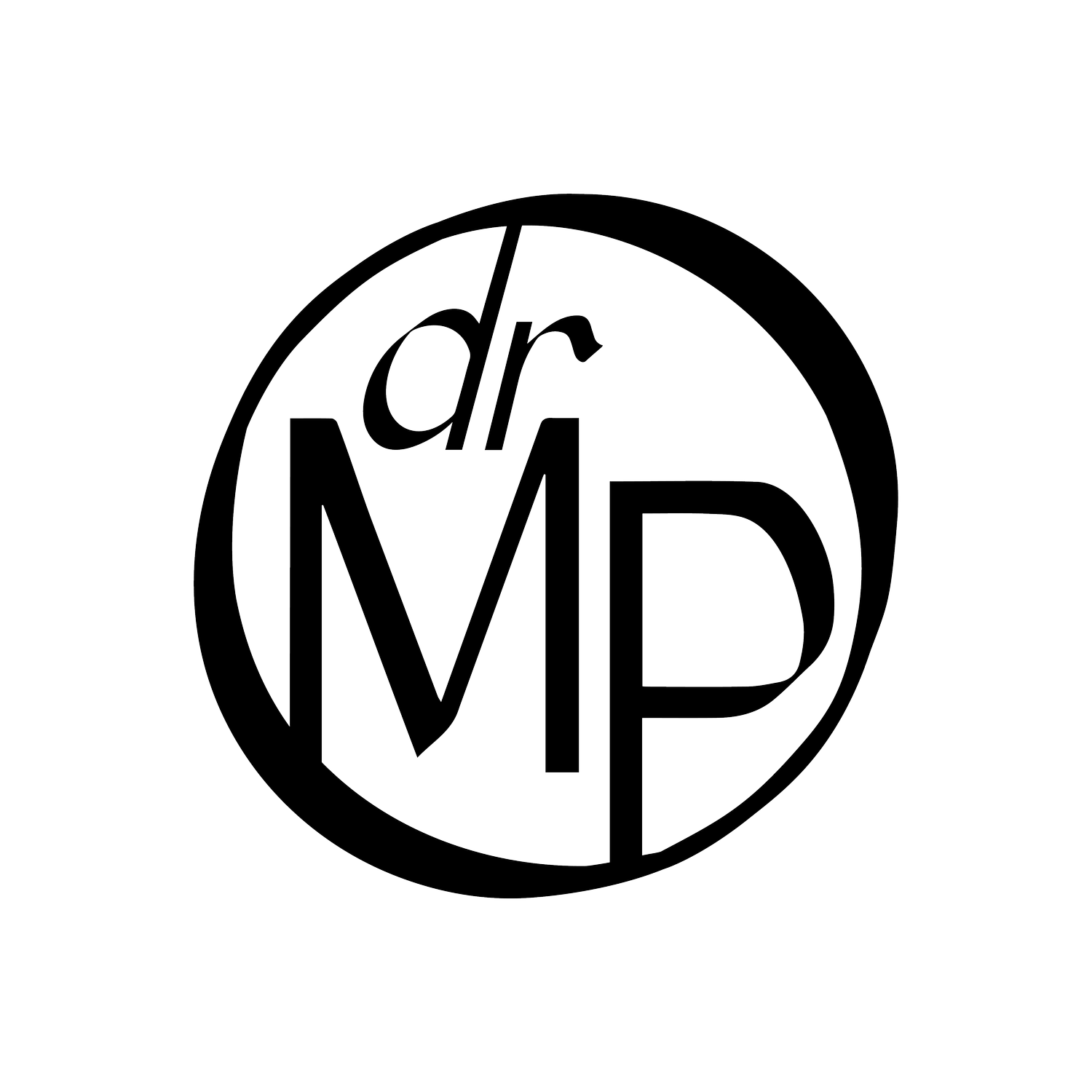How Journaling Can Help Creatives Process Trauma: Exploring Triggers and Techniques
For many Creatives, the world is a constant source of inspiration and expression. But for those of us who carry the weight of trauma, it’s not always so inviting and exciting. While the creative spirit yearns to break free, the heavy burden of unprocessed trauma can stifle the flow of ideas and leave you feeling creatively stuck. In these moments, turning to journaling can be a powerful tool for processing your trauma, reclaiming your voice and unlocking the boundless potential you feel is out of reach.
A word to the wise: This blog is informational only and shouldn’t substitute professional medical or mental health advice. If you’re struggling with trauma, please seek help from a qualified professional.
Understanding the Creative Connection to Trauma
Trauma, by its very nature, disrupts our sense of safety and control. It can leave deep emotional scars that manifest in various ways, including intrusive thoughts, flashbacks and emotional disregulation. For creatives, these impacts can be particularly damaging. How? They affecting our ability to connect with our emotions, access inspiration and translate our pain into beautiful, artful or purposeful work and Art.
However, the unique way Creatives perceive and interact with the world can be advantageous in healing. Journaling, serving as a safe space for exploration and expression, can become a bridge between your trauma and your creative voice.
Navigating Triggers: Approaching Your Journal with Care
Before diving into specific techniques, it's crucial we acknowledge the potential of triggers lurking within the journaling practice. Traumatic memories can be intense – and revisiting them asks you to be gentle and self-compassionate.
Remember:
Pace yourself: Start small and gradually increase the duration and intensity of your journaling practice.
Listen to your body: If overwhelming emotions arise, stop and ground yourself, using self-care practices like deep breathing or meditation.
Seek professional support: If triggers become too intense to manage alone, it’s okay to get help from a therapist or counselor trained in trauma-informed care.
Unlocking Emotional Expression: Powerful Journaling Techniques for Creatives
Now, let's explore some journaling techniques specifically designed to support your journey as a Creative in processing trauma and reigniting your creative fire:
1. Freewriting: Set a timer for 5-10 minutes and write continuously, without judgment or editing. Let your thoughts and emotions flow out onto the page, allowing yourself to explore whatever lands. This stream-of-consciousness approach can unearth hidden thoughts and feelings, offering valuable insights into what’s really going on inside you.
2. Get Visual: Add in visual mediums, like drawing, painting or collage, to your journal. Use colours, textures and symbols to represent emotions, memories or even dreams related to your trauma. Expressing yourself through non-verbal channels can help you bypass cognitive blocks and potentially yield a deeper emotional release.
3. Journal Prompts: Structured prompts can help you delve into specific aspects of your trauma and creative blocks. Journaling is a deep and ongoing conversation with yourself that thrives off powerful questions. It’s important to learn how to use prompts that get past the superficial layer of consciousness and dig into the stuff that will really make a difference. The Expression Deck, designed specifically for trauma-informed journaling, offers a wealth of creative prompts to guide your exploration.
4. Body-Based Journaling: Hear me out: what if you combined physical movement with writing? Mindful stretches, gentle yoga poses or even dance can help reconnect you with your body and unlock stuck emotions. Write down the thoughts and feelings that emerge during or after these activities so you can start to learn more about your physical and emotional responses to trauma.
5. Letter Writing: Writing a letter to your past self, your future self, or even the perpetrator of your trauma can be incredibly healing. This exercise allows you to process unresolved emotions, practice forgiveness, and envision a brighter future. Remember, you don't have to send the letter; expressing your thoughts on paper can be cathartic in itself.
Integrating Healing and Creativity: Your Journey Forward
Journaling is not a linear process. There’ll be days when writing is a piece of cake, and others when facing it all feels beyond overwhelming. Be patient with yourself, celebrate your progress and trust that, with consistent effort, you’ll discover profound healing and a renewed connection to your creative flow.
And as you deepen your journaling practice, remember that you’re not alone. Seek support from other creative survivors, online communities or mental health professionals if and when you need. I’m here for you too, ready and willing to support your creative evolution. So let your creative energy be your guide, and allow journaling to be the bridge that carries you from utter confusion to immense clarity – one word at a time.

